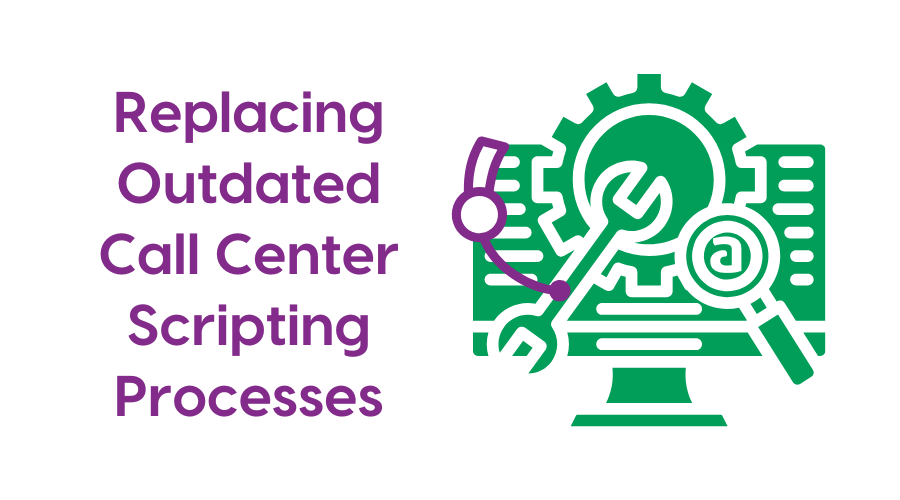Wednesday, August 1, 2007, started out as a typical day at Hennepin Healthcare, then known only as Hennepin County Medical Center, in Minneapolis, Minnesota. At just after 6:00 p.m. that day, tragedy struck. During the evening rush hour, the Interstate 35W bridge collapsed.
Fast Reaction
Hennepin Healthcare – Hennepin County Medical Center (HCMC) is a Level I Adult and Pediatric Trauma Center.* As a Level I Trauma Center, many of the patients in serious condition from the bridge collapse were immediately transported to HCMC. According to Supervisor of Hospital Operators Michelle Jacobson, “The Hennepin Medical Resource Control Center (MRCC) started getting 911 calls within minutes of the collapse. Twenty-five patients were transported to HCMC that evening, with an additional four admitted the following day.”
A bystander at the scene was the first person to contact the HCMC call center about the bridge collapse. This gave the call center advance notice about what was about to unfold at HCMC. Operators at HCMC contacted Michelle, who arrived at the call center just after 7:00 p.m.
Activating a Mass Group Notification
Using their Amtelco clinical communications system/software solution, which handles the calls in and out of the HCMC call center, an internal emergency response was initiated at around 7:00 p.m. Michelle said, “I have built a large paging group of about 200 people into our system. We initiated an automated mass group page to say that we had called an Alert Orange and were activating HEICS, the Hospital Emergency Incident Command System, to respond to the event.”
According to Michelle, “We staffed up the call center right away, calling in another operator. By 7:30 p.m., we were inundated with all kinds of calls. The media was reporting that anyone with medical training should report to HCMC. We had our own staff calling in, and we were mobilizing them, and then because of the media report we were getting many additional calls. People called wanting to know how they could help, and others called looking for family members. I think the vast majority of patients presented without identification, and patients were being taken to multiple hospitals, so it was, as you can imagine, a rather difficult thing trying to determine who went where.”
Efficiently Handling More Calls
On the previous two Wednesday evenings between 6 p.m. and 11 p.m., the HCMC call center took an average of 290 calls. On August 1, 2007, between the hours of 6 p.m. and 11 p.m. (the same five-hour time span) HCMC took 1,984 calls, more than six times their usual call volume at that time.
“We felt this was a good test of Amtelco’s system capacity and performance. I was assigned the role of Communication Unit Leader in the HEICS structure for this event. We decided not to make any changes to the way calls were handled because it was working appropriately. We certainly would have intervened and off-loaded calls, or put an up-front message on, if we had felt that we couldn’t manage the call volume,” stated Michelle.
She added, “I think it helped that my evening supervisor was here, and I was able to come in quickly. We were able to make decisions and set guidelines for staff as things transpired throughout the evening.”
Keeping the Call Center Calm
Michelle said, “From a technical standpoint, I know we really appreciated having the ‘perfect answer’ prerecorded greetings set-up for the operators. Not only did it save their voices, but it reduced the noise in the room – thereby reducing tension. Also, with the auto answer, people were very patient about waiting, even when the wait time was considerable. I’m certain that listening to constant ringing would have been much less acceptable to callers. When the callers are calm, it is much less stressful for the operators.”
She continued, “The operators were handling things very well. Certainly, the fact that things are queued and orderly, and the fact that we have wait messages helped tremendously.”
Preparing for Disasters
While everyone hopes it’s never needed, Michelle said, “The hospital conducts or participates in at least two large drills (mass casualty events) each year as required by Joint Commission. In addition, we utilize our emergency response plan many times a year to respond to real events – both internal and external. The familiarization with emergency procedures that one gains in practice and smaller events serves us well in an event of this magnitude. Things go much more smoothly when people are prepared to respond and don’t have to create plans on the fly.”
In Summary
While the bridge collapse was a very tragic situation, “All kinds of things that could have happened as secondary complications didn’t happen, so we were very fortunate,” according to Michelle. “We drill for this type of situation, and our drilling and work has definitely paid off. I was very pleased with the way our Amtelco solution worked. Other than the huge volume of calls, from the front-staff perspective, it was just one call at a time, and you just keep moving. It certainly tested the system as far as capacity and flow, and I was very happy with the results.” She sums it up best, “And of course the bottom line is – I just am very fortunate to have great people working with me!”
* A Level I Trauma Center provides comprehensive trauma care, serves as a regional resource, and provides leadership in education, research, and system planning. They are required to have immediate availability of trauma surgeons, anesthesiologists, physician specialists, nurses, and resuscitation equipment.





